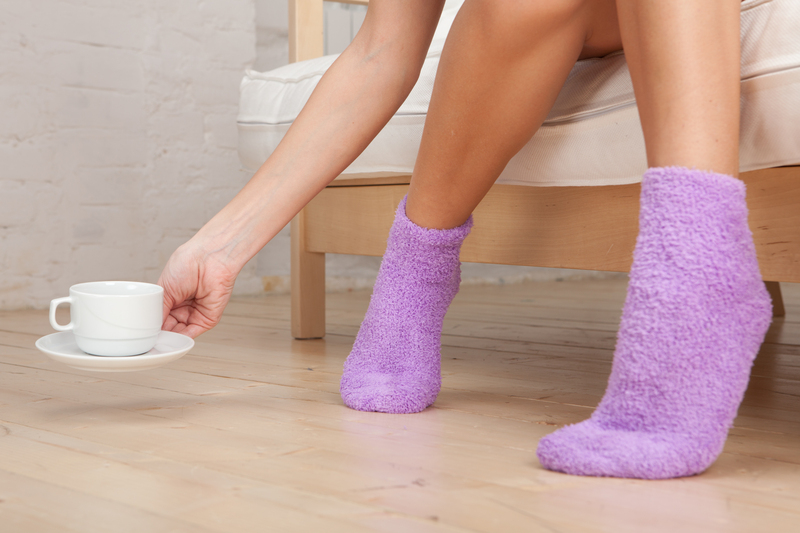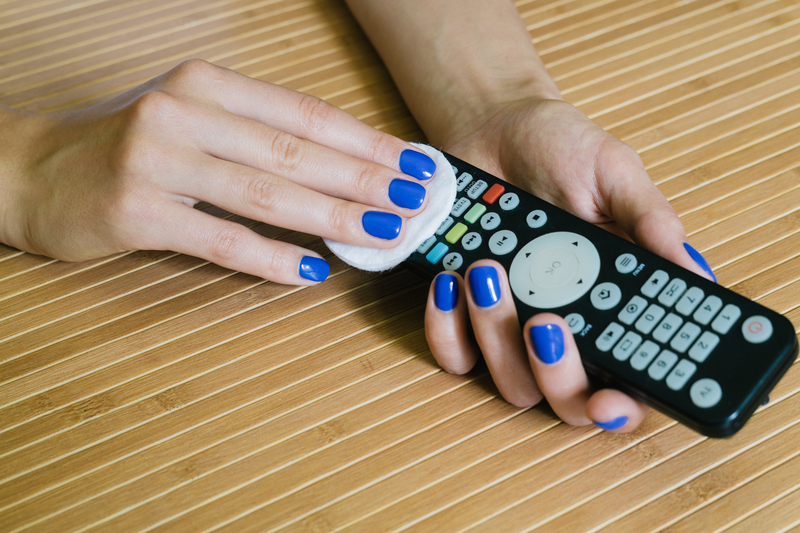Maintain a Mold-Free Bathroom
Posted on 27/06/2025
Is there anything quite as off-putting as mold in your bathroom? Not only does it produce a musty odor, but mold can also lead to a variety of health problems, ranging from allergic reactions to respiratory issues. Luckily, maintaining a mold-free bathroom is achievable with a few diligent actions and preventative measures.
Understanding Mold: What Is It?
Mold is a type of fungus that thrives in damp, moist environments, making the bathroom a prime breeding ground. It tends to grow on surfaces with a lot of moisture, such as shower walls, tiles, and ceilings. Mold spores are essentially microscopic, and they proliferate quickly in high humidity settings.

Common Causes of Bathroom Mold
There are several factors that contribute to the growth of mold in bathrooms:
- Poor Ventilation: Lack of adequate airflow can trap moisture and create the perfect environment for mold.
- Leaky Fixtures: Water damage from leaky pipes, sinks, or toilets can provide the necessary moisture for mold.
- High Humidity: Bathrooms naturally have higher humidity levels due to showers and baths.
- Running Water: Pools of stagnant water can contribute to mold growth.
Preventive Measures to Maintain a Mold-Free Bathroom
Improve Ventilation
Ensuring good airflow is crucial. Install exhaust fans to reduce moisture levels and always keep them running during and after showers for at least 20 minutes.
Fix Leaks Promptly
Check for leaks in pipes, faucets, and even behind toilets. Address any issues immediately to prevent water accumulation.
Control Humidity Levels
Maintain humidity levels below 50%. Dehumidifiers can be a big help, especially in naturally damp environments.
Choose Mold-Resistant Materials
Opt for mold-resistant paint for your walls and mold-resistant grout for your tiles. These materials can make a significant difference in preventing mold.
Regular Cleaning Routine
Consistently cleaning your bathroom can go a long way in preventing mold. Use mold-killing cleaning solutions for your tiles, shower walls, and other surfaces.
DIY Cleaning Solutions for a Mold-Free Bathroom
While commercial products are widely available, numerous DIY solutions can also be effective:
- Vinegar: Spray white vinegar on moldy surfaces, let it sit for at least an hour, then scrub it clean.
- Baking Soda: Create a paste with water and baking soda, apply it to moldy areas, scrub, and rinse.
- Hydrogen Peroxide: Use a 3% hydrogen peroxide solution in a spray bottle. Apply it to the moldy surface and let it foam before scrubbing and rinsing.
Pros and Cons of Maintaining a Mold-Free Bathroom
While keeping a mold-free bathroom offers numerous benefits, it also comes with its challenges:
Pros
- Improved air quality
- Reduced risk of health issues
- Enhanced overall bathroom hygiene
- Prolonged durability of bathroom fixtures
Cons
- Requires regular maintenance and cleaning
- May involve initial costs for dehumidifiers and mold-resistant materials
- Time-consuming to constantly check for leaks and moisture
Tips for Maintaining a Mold-Free Bathroom
- Always dry off surfaces after a shower or bath.
- Use mold-resistant curtains and shower liners.
- Clean your bathroom regularly and use products designed to kill mold.
- Ensure your bathroom is well-ventilated and humidity levels are controlled.

Takeaways
Maintaining a mold-free bathroom is a combination of routine cleaning, vigilance, and the right materials. By addressing humidity, leaks, and ventilation, you can keep your bathroom hygienic and comfortable.
Conclusion
While the presence of mold in your bathroom can seem daunting, it can be effectively managed and prevented with the right strategies. By incorporating proper ventilation, fixing leaks promptly, controlling humidity, and using the appropriate cleaning methods, you can create a clean, healthy, and mold-free environment.




